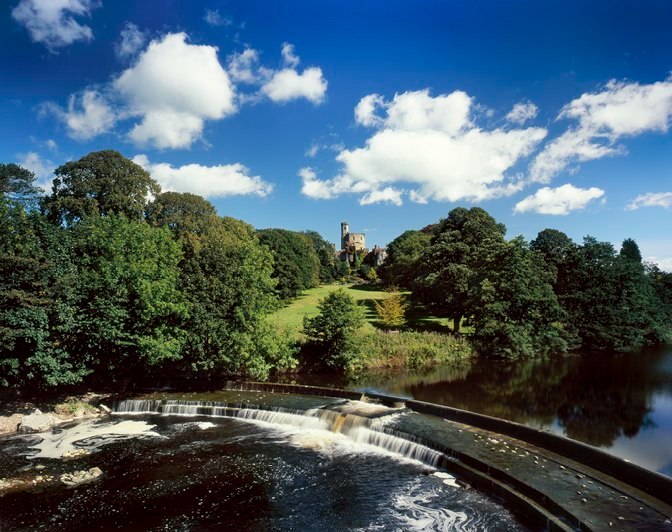Is High Dynamic Range feasible with large format film? That is, how close do the separate images have to register in order to avoid problems. I would imagine that the placement of the film in the camera will vary slightly from one exposure to another, and, more important, when scanning the separate images, they are unlikely to align exactly. I wondered if that causes any problems that the software can't deal with.



 Reply With Quote
Reply With Quote




Bookmarks